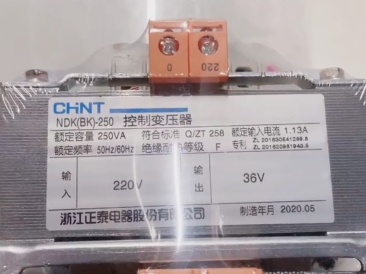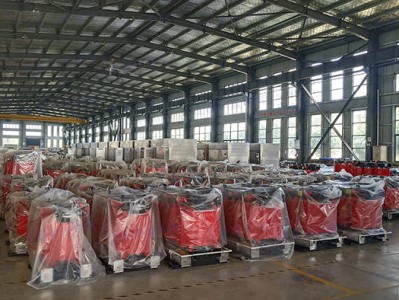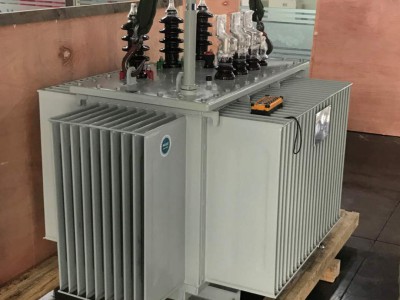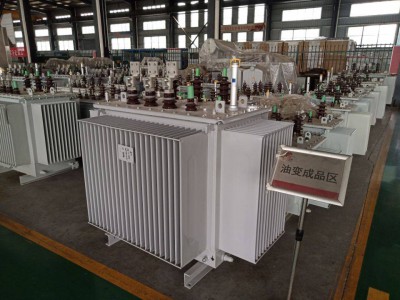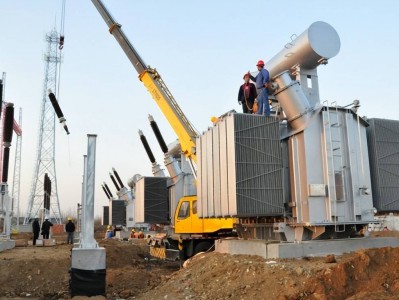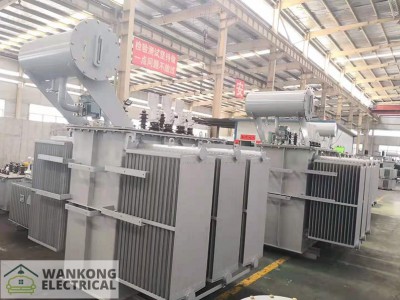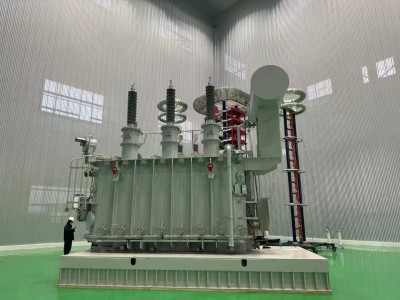S11 and S13 series 10kV – 35kV transformers
Product description
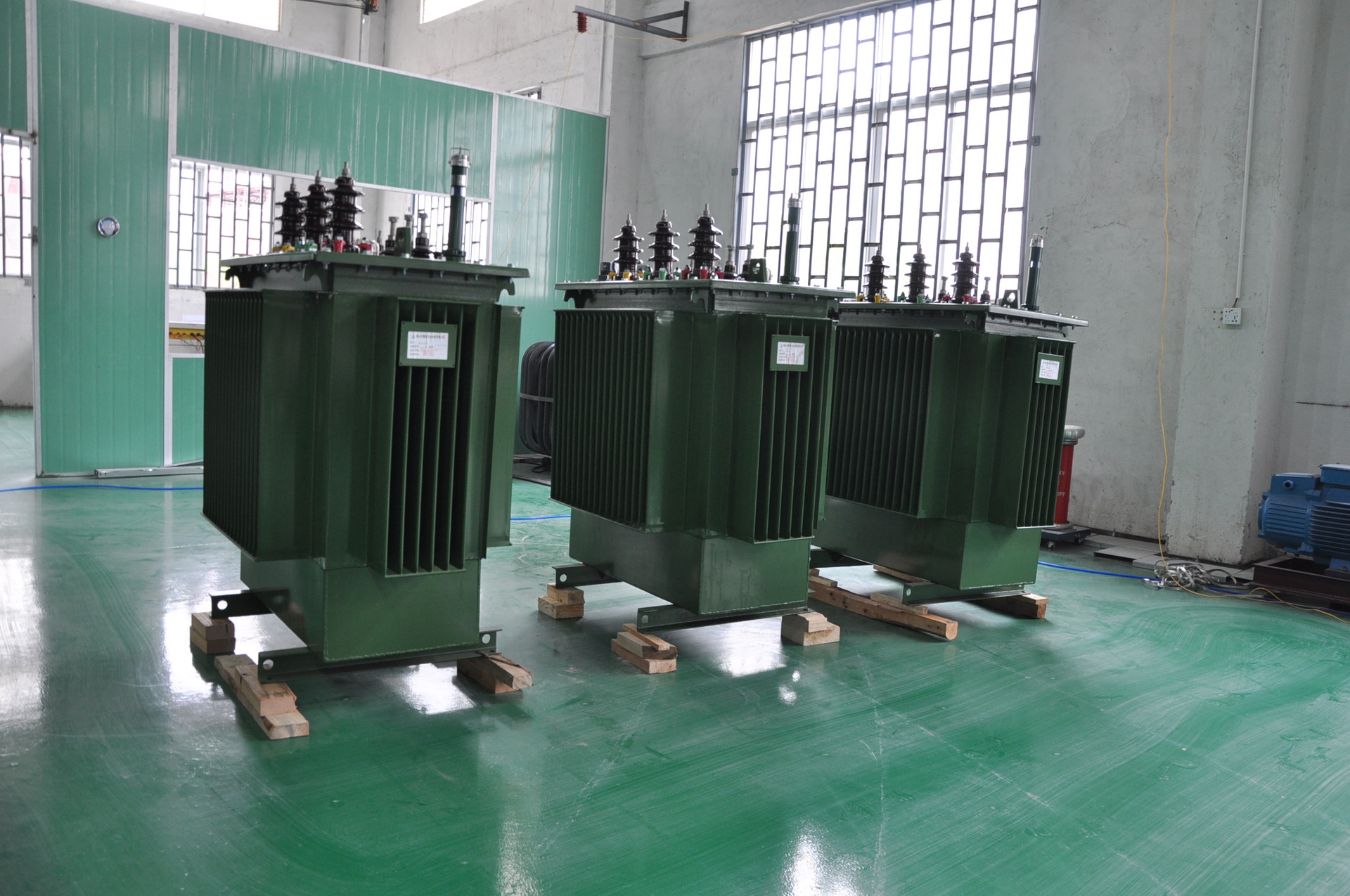 The S11 and S13 series 10kV - 35kV transformers are common oil-immersed power transformers. Here is a detailed introduction for you:
The S11 and S13 series 10kV - 35kV transformers are common oil-immersed power transformers. Here is a detailed introduction for you:
- **Product features**:
- **Low no-load loss**:
The S11 series transformer effectively reduces no-load loss by optimizing the core structure and selecting high-quality core materials. For example, compared with traditional transformers, under the same capacity, its no-load loss can be reduced by about 20% - 30%. The S13 series is further improved on the basis of S11, with even lower no-load loss and more significant energy-saving effect, which can effectively reduce unnecessary losses of electric energy during transmission.
- **Low load loss**:
By adopting advanced winding design and manufacturing technology, the resistance and leakage flux of the winding are reduced, thereby reducing load loss. This makes the transformer have higher electric energy conversion efficiency and less heat generation when operating under load, improving the operation stability and reliability of the transformer and also being beneficial to prolonging the service life of the transformer.
- **Low noise level**:
By optimizing the structure of the core and winding and adopting effective shock absorption measures such as adding shock absorption pads, the mechanical vibration and noise generated during the operation of the transformer are greatly reduced. Under normal circumstances, the noise level of the S11 and S13 series transformers can be reduced by 10 - 15 decibels compared with traditional transformers of the same specification, providing a quieter environment for the use place.
- **Good heat dissipation performance**:
The oil-immersed design itself is conducive to heat dissipation. The S11 and S13 series transformers are optimized in the tank structure and heat sink design, increasing the heat dissipation area and improving the heat dissipation efficiency. Even in high-temperature environments or under long-term full-load operation conditions, the temperature of the transformer can be ensured to be within a reasonable range to avoid affecting performance and life due to overheating.
- **Technical parameters**:
- **Rated voltage**:
Covers multiple voltage levels such as 10kV - 35kV, which can meet the transmission and distribution needs of different voltage levels.
- **Rated capacity**:
There are various specifications commonly available, such as 100kVA, 200kVA, 500kVA, 1000kVA, 2000kVA, etc. It can also be customized according to the special needs of users.
- **Connection group label**:
Generally, there are Yyn0, Dyn11, etc. Different connection group labels are suitable for different power supply systems and load types to ensure correct voltage output and phase relationship.
- **Insulation level**:
For example, for a 10kV-level transformer, the power frequency withstand voltage (1 minute) is usually 35kV, the peak value of the impulse test voltage (full wave) is 75kV, and when it is chopped wave, it is 85kV; for a 35kV-level transformer, the power frequency withstand voltage (1 minute) is correspondingly increased, and the peak value of the impulse test voltage is also higher. The specific values are determined according to national standards and product designs. These insulation level parameters ensure the safety of the transformer during normal operation and when subjected to overvoltage impacts.
- **No-load loss and load loss**:
Transformers of the S11 and S13 series with different capacities and voltage levels have different standard values of no-load loss and load loss. Taking a 1000kVA, 10kV S11 transformer as an example, the no-load loss may be about 1kW, and the load loss (75℃) may be about 10kW; for an S13 transformer of the same capacity and voltage level, the no-load loss may be lower, such as about 0.8kW, and the load loss will also be optimized. The load loss is allowed to have an error range of a certain proportion (such as ±5% - ±10%), and the specific value is clearly specified in the product technical specification.
- **Impedance voltage**:
Generally between 4% - 6%. The specific value depends on the capacity and design of the transformer. A reasonable impedance voltage value can not only ensure that the transformer limits the size of short-circuit current in case of faults and protects the transformer and other electrical equipment from excessive short-circuit current impacts, but also make the transformer have better matching with the power supply system and load during normal operation, ensuring the stable transmission and distribution of electric energy.
- **Environmental requirements for use**:
- **Altitude**:
Generally not exceeding 1000m. If this altitude is exceeded, due to the reduction of atmospheric pressure and thin air, it will affect the heat dissipation and insulation performance of the transformer, and special design or derating use may be required. For example, when used in an area with an altitude of 2000m, a transformer with a higher insulation level may need to be selected or its rated capacity may need to be reduced.
- **Ambient temperature**:
The maximum temperature does not exceed +40℃, the minimum temperature is not lower than -25℃ (for some cold regions, a special low-temperature model may be required), and the maximum daily temperature difference is 25K. When used in an environment outside this temperature range, the performance of the insulation material of the transformer may decline, resulting in a reduction in insulation resistance and an increase in the risk of leakage. At the same time, it will also affect the heat dissipation effect of the transformer, increase the internal temperature of the transformer, and affect its normal operation and service life.
- **Relative humidity**:
The average monthly relative humidity does not exceed 90%, and the average daily relative humidity does not exceed 95%. High humidity environments can easily cause the insulation parts of the transformer to get damp, reducing insulation performance and even possibly causing insulation breakdown and other faults. Therefore, when used in areas with high humidity, such as coastal areas or damp basements, moisture-proof measures need to be taken, such as installing in a dry and ventilated location, using moisture-proof materials or installing moisture-proof devices.
- **Pollution level**:
According to different usage areas and environmental conditions, the pollution level is generally divided into levels I, II, III, etc. In areas with a high pollution level, such as environments with a large amount of dust, salt, chemical pollutants or industrial dust, the external insulation surface of the transformer is prone to accumulate dirt and reduce insulation performance. It may be necessary to strengthen the protection measures of the external insulation, such as increasing the creepage distance, using anti-pollution insulators or performing regular cleaning and maintenance.
- **Installation method**:
It can be installed indoors or outdoors. When installed indoors, pay attention to good ventilation, convenient maintenance and repair, and at the same time, prevent it from being too close to other equipment or objects to affect heat dissipation and operation; when installed outdoors, factors such as rain protection, sun protection, and wind and sand prevention need to be considered. Usually, corresponding protective enclosures or rain shelters and other facilities will be equipped. For example, when installed outdoors in the open air, it should be ensured that the transformer has sufficient protective measures to prevent rainwater from intruding and direct sunlight, and the surrounding environment should be well ventilated to facilitate heat dissipation.
- **Application scenarios**:
- **Power system**:
In power facilities such as substations and distribution stations, as a key equipment for power transmission and distribution, it converts high-voltage electric energy into low-voltage electric energy suitable for users. For example, convert 35kV high-voltage electricity into 10kV or lower voltage level electricity, and then transmit it to terminal users such as factories, residential areas, and commercial areas.
- **Industrial field**:
Widely used in various factories to provide stable power support for production equipment. For example, in mechanical manufacturing factories, it supplies power to equipment such as machine tools, cranes, and welding machines; in chemical enterprises, it guarantees the power demand during the chemical reaction process; in the metallurgical industry, it is used to drive large equipment such as electric furnaces and rolling mills to ensure continuous and stable production processes and avoid production accidents and economic losses caused by power outages.
- **Commercial center**:
Places like large shopping malls, supermarkets, office buildings, hotels, etc., where many electrical equipment such as lighting, air conditioning, elevators, and fire protection all need reliable power supply. The S11 and S13 series transformers can meet the large-capacity and high-stability power consumption needs of these places and ensure the normal operation of commercial operations.
- **Rural power grid**:
Due to its reliable performance and good energy-saving effect, it is suitable for use in rural power grids, providing guarantee for rural residents' living electricity consumption and agricultural production electricity consumption, and helping to improve the power quality and power supply reliability of rural power grids and promote the development of rural economy.

